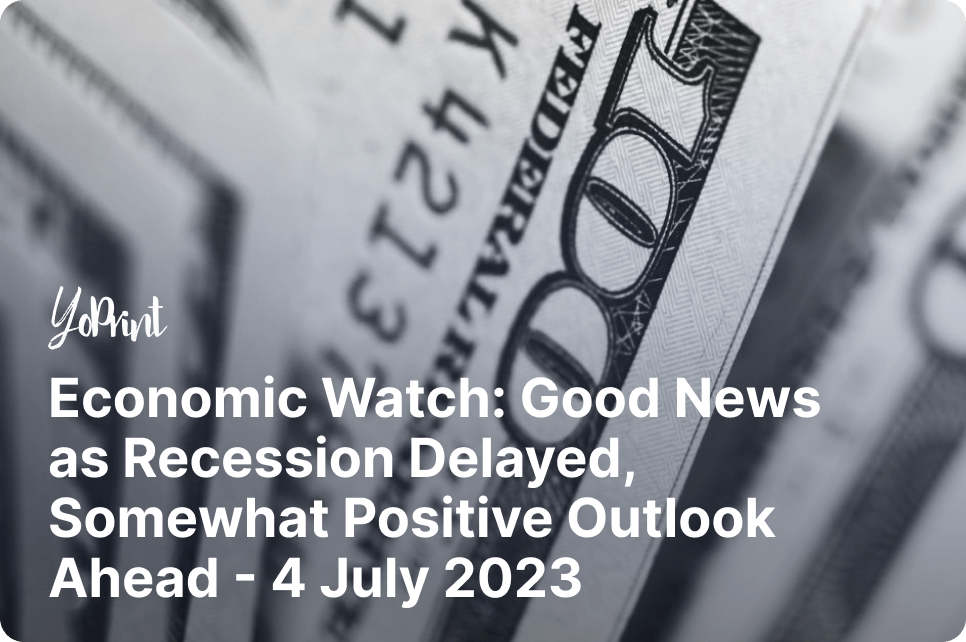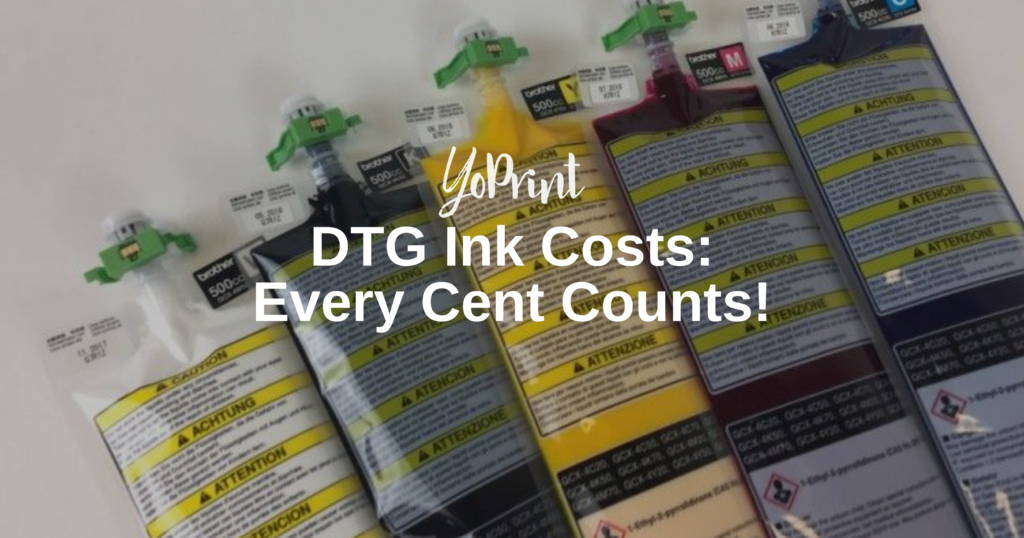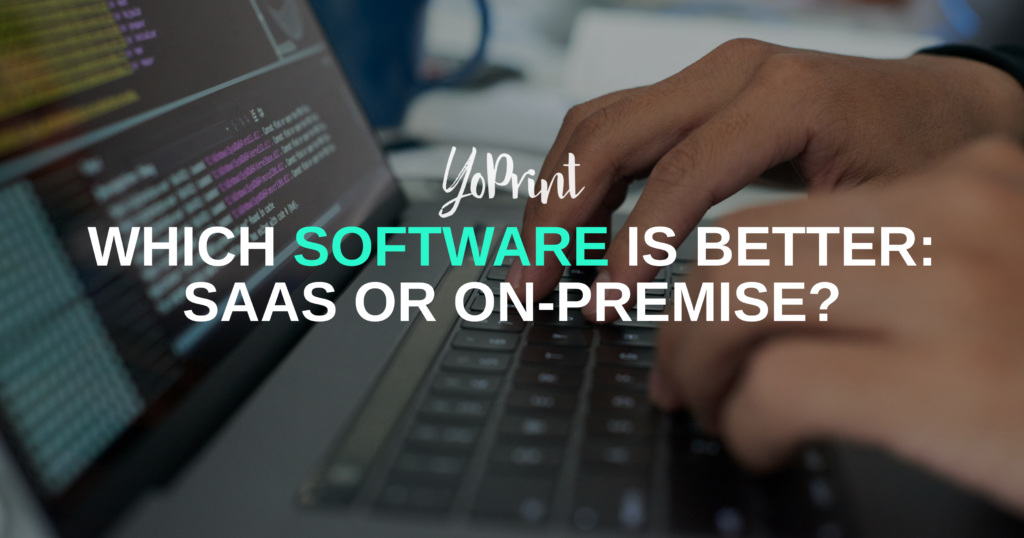- Mixed sentiment continues, but consumer spending and overall confidence seem to be improving or remain stable
- Various apparel brands reported positive sales and are optimistic about their prospects for the rest of the year
- Based on current conditions and with the HOPE framework, the recession is once again delayed
June has quickly come and gone, and so far, the consensus on the economy is that it’s relatively unchanged from May. We still see mixed sentiments prevailing across the board, with fluctuating consumer spending, bumpy sales figures, some disinflation, and continuing consumer anxieties about the future. Still, a few things are worth noting, especially with the low likelihood of a recession happening sooner than was anticipated.
The Overall Spending Situation
As per our previous report, consumer spending is still relatively good. Foot traffic has seen some positive growth from late May to early June, but figures remain softer compared to April; superstores, sporting goods stores, and discount stores saw relatively decent improvement in foot traffic, while home improvement, department stores, as well as leisure and recreation continue to struggle.
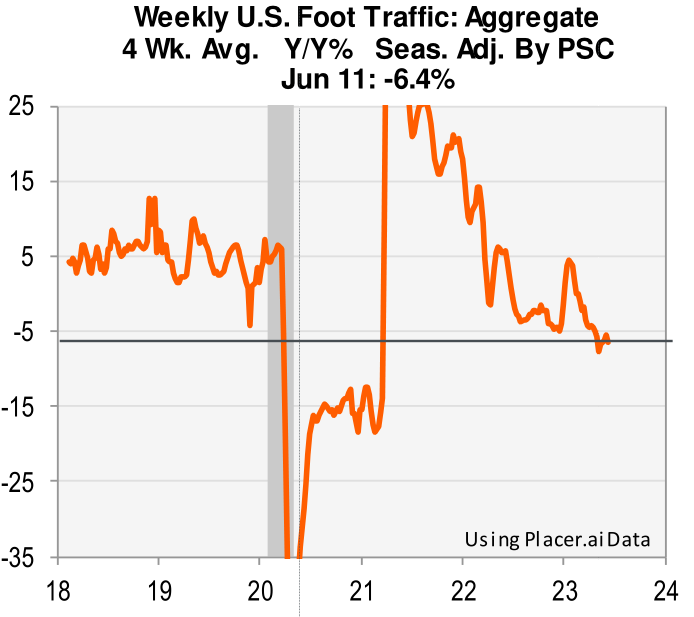
Nominal and real core retail sales saw a month-over-month increase in May, enabling companies to offer their staff “generous pay packages.” This “grocery pricing power and strong nominal revenue growth” was instrumental in improving household spending.
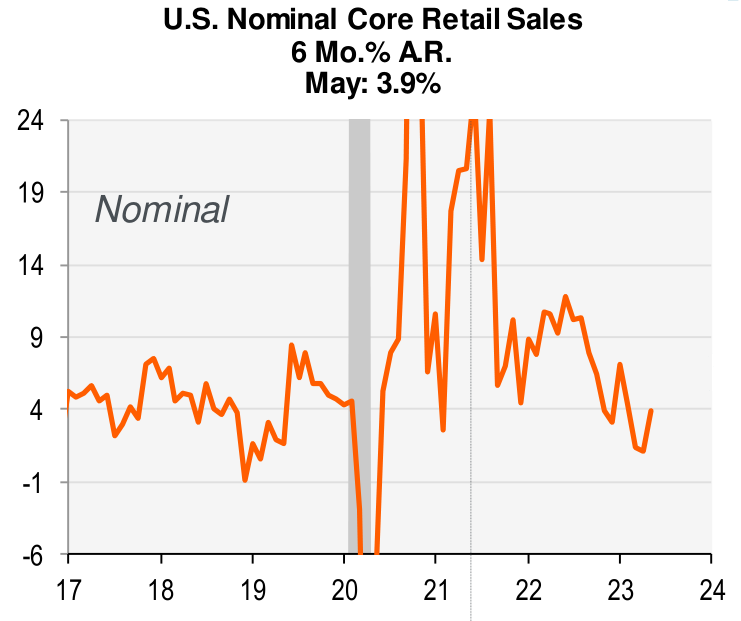
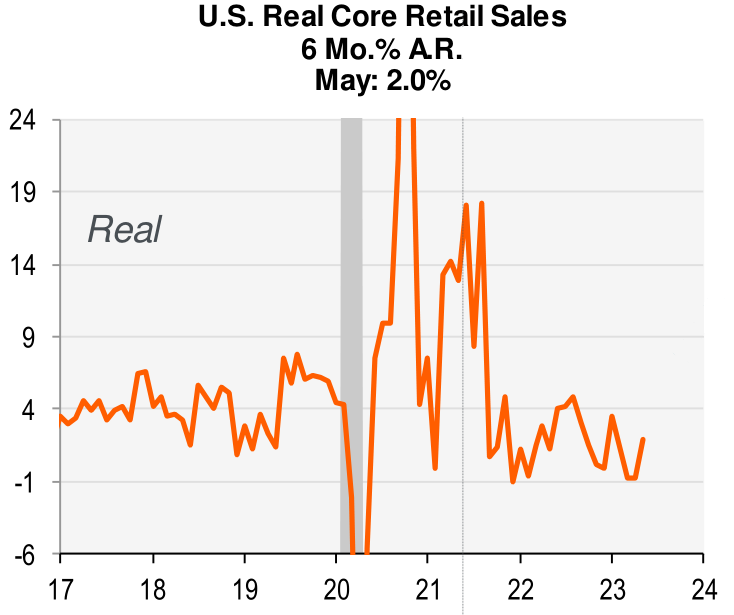
In contrast to department stores’ weaker foot traffic, the strong foot traffic at discount stores seems to signal consumers possibly trading down and being more cautious with their spending. This trend has been going on for the past few months when consumer spending saw some downturns. Foot traffic did see an uptick between late May to early June but remains way below trend – this is concerning, especially after April’s significant consumer spending figures.
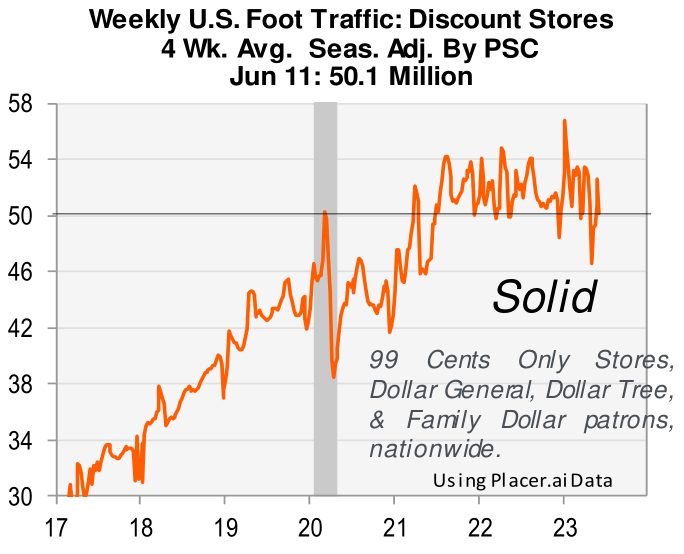
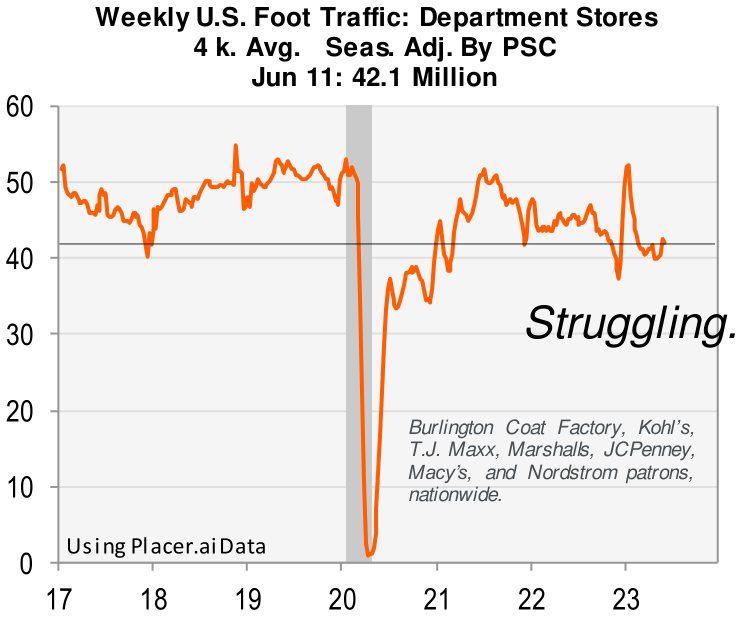
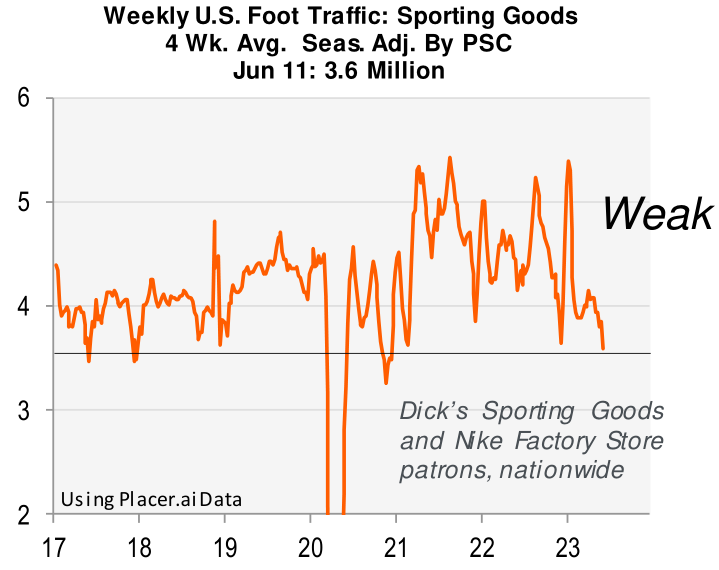
The Bank of America notes that “total card spending per household” decreased by 2 percent in the week ending June 24th, “seasonally adjusted.” As “more customers are feeling the effects of inflation and economic uncertainty,” we expect consumer spending to continue fluctuating between purchasing goods and services (more notably, spending only on what they really need) and saving up for a rainy day.
The Current State of the Apparel Industry
Curiously, apparel sales have improved in certain areas, with only a few underperformers. Several apparel companies recorded positive growth in the first quarter of 2023, including G-III (which includes brands such as DKNY, Karl Lagerfeld, Tommy Hilfiger, and others), North Face, Dick’s Sporting Goods, Lululemon, and PVH.
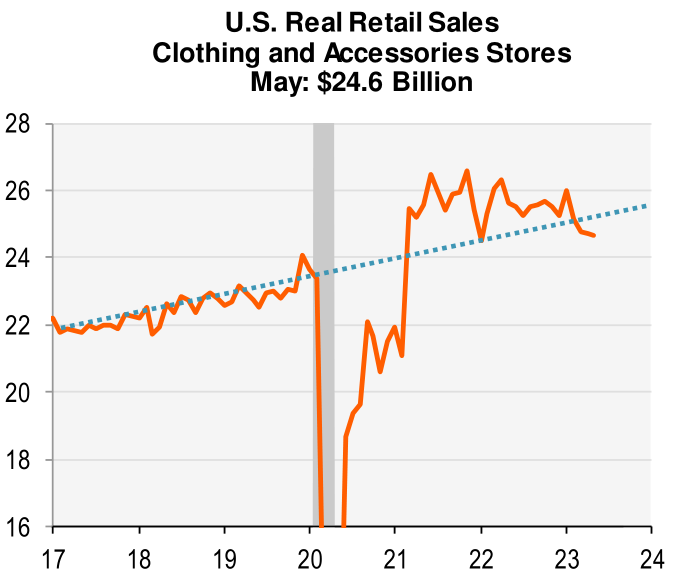
In the case of PVH, however, their growth is much weaker than the others, with its Calvin Klein revenue for the US declining 12 percent. Urban Outfitters, Inc., another high-profile apparel retailer, also saw sales decline nationwide. Meanwhile, Neiman Marcus had to offer more promotions to contend with weaker demand for luxury goods. As a whole, nominal clothing sales remained at elevated levels, mostly due to pricing. That said, weakening foot traffic & falling unit sales have kept growth flat for the past year.
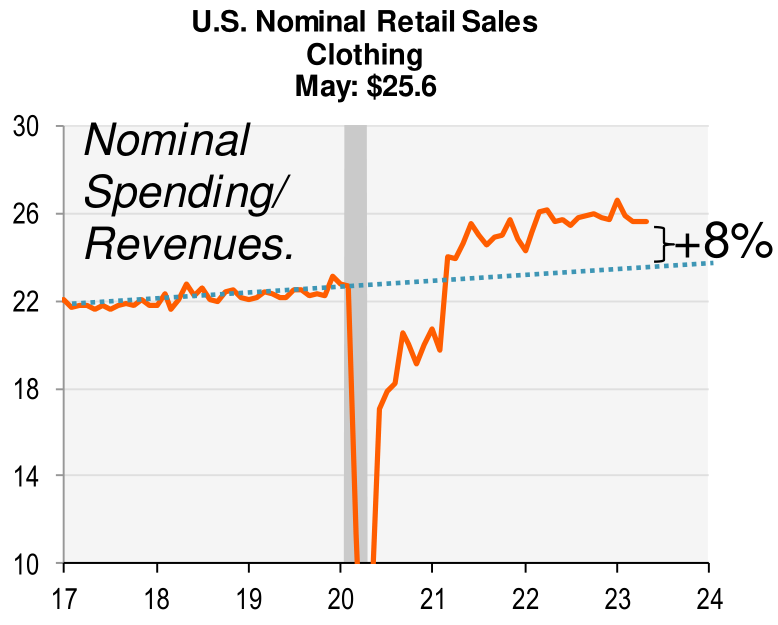
However, as you can tell, the mixed sentiments we previously discussed haven’t gone away yet. Based on their data, several apparel companies believe that consumers are pressured with where they make their purchases. Urban Outfitters, Inc. sees that the “macro environment in North America is having an outsized impact on [their] customer[s],” although some of their other brands – including Anthropologie – continue to see healthy sales and no down trading.
The consensus is that this is currently a season of “choppy macro;” value-oriented consumers will feel the pinch in the near term, while high-value consumers may still have significant spending power at their disposal. More promotions will be needed to keep drawing in customers, and Oxford’s (which carries labels such as Tommy Bahama, Lilly Pulitzer, and Johnny Was) improving situation from April to June is one of many signs that sales will continue to do fairly well through the rest of the year.
Still, expectations are optimistic for the second half of the year. Dick’s Sporting Goods has noted “growth across all income demographics” and no reductions in discretionary spending. Meanwhile, Lululemon states that its second quarter is off to “a good start,” indicating a good outlook for the rest of 2023. The mixed sentiment isn’t going away so easily, especially when some apparel companies think revenue will stay flat while others are hopeful that growth, no matter how small, can be expected in the months ahead.
Disinflation is Happening
Wall Street analytics indicate growing “resilience despite fears of an impending recession.” But even after the S&P’s 20 percent rally earlier this month, it’s not a major indicator that the recession isn’t happening. Piper Sandler reminds us that we still went through a downturn in 2001, even when the NASDAQ rallied 35 percent.
“The market doesn’t anticipate economic activity – it reacts to what it sees… Our models point to a recession starting in 4Q, with earnings continuing to decline…”
Piper Sandler
At the very least, disinflation is taking hold and making small strides to the overall economic situation. For one, low energy prices in June are one reason that helped boost consumer confidence in June. It may be a good sign, but inflation still needs to shrink further; given current conditions, this will take a long while.
Kontoor (which owns the brands Lee, Wrangler, and Rock & Republic) is optimistic that inflation will “ease significantly” by the third quarter before “inflecting into a tailwind” in the fourth. That will still depend on whether the Federal Reserve continues to hike interest rates to keep inflation down.
In the meantime, large grocery stores like Walmart are trying to pressure name-brand food companies to keep their prices low. This is due to the stores’ profit margins stagnating with higher staff compensation and below-trend sales figures. Then there are high unit labor costs (ULCs) due to lower productivity (currently below trend) and high hourly compensation, which could keep inflation sticky for a long time.
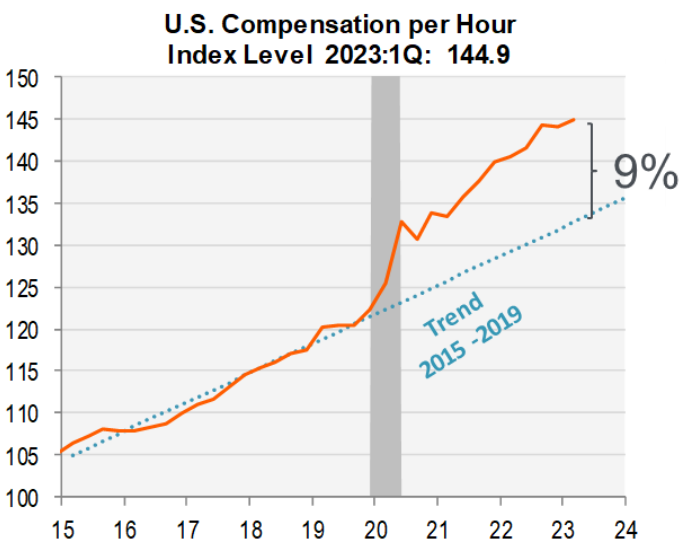
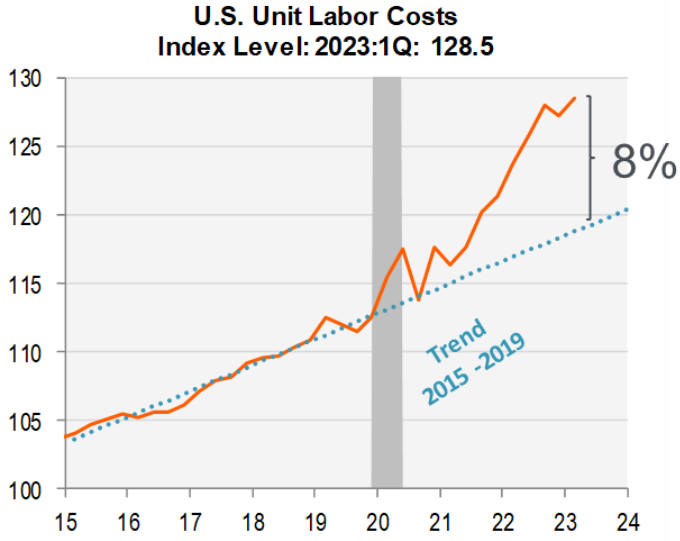
Should We HOPE for the Best?
Bad pun aside, the market doesn’t tell us where the economy might head next. Let’s use the HOPE framework to determine where things could go in the coming months.
Housing
The NAHB/Wells Fargo Housing Market Index rose 5 points to 55 in June, marking the highest point since July last year and above the forecasted amount of 51 by experts. The index has steadily increased since the start of the year, helped by solid demand, a lack of existing inventory, strong consumer demand, and improving supply chain efficiency. This also resulted in positive indices for housing starts, building permits, and new home sales.
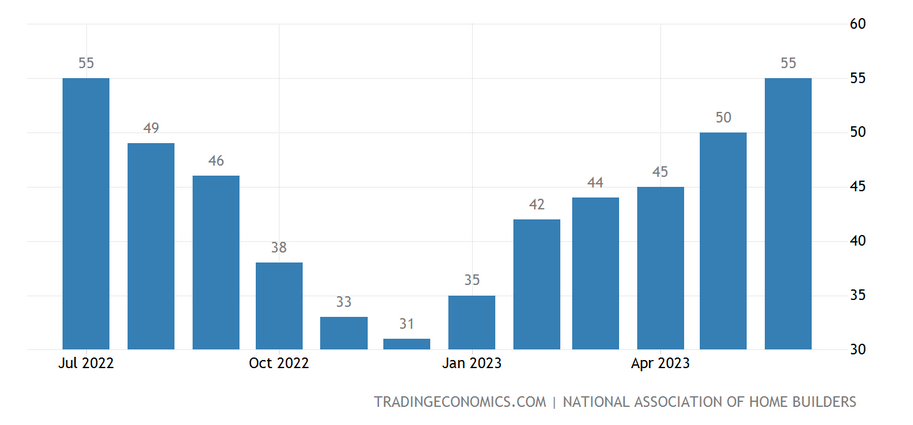
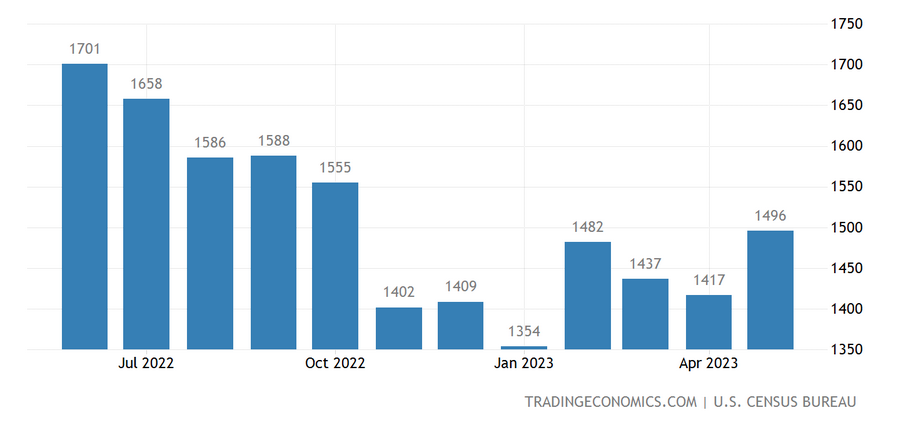
The biggest remaining obstacles are “access to builder and developer loans” and fluctuating consumer income levels. The NAHB recognizes that “[s]helter cost growth is now the leading source of inflation, and such costs can only be tamed by building more affordable, attainable housing.” Addressing lingering issues like labor shortages should help take inflation down further.
The improving housing situation does present some good news that the recession could be delayed even further. Consumers will be able to afford new homes, along with everything else that goes into it – including furniture, kitchen appliances, utensils, and so on; the subsequent increase in spending will motivate companies to meet this demand, thereby increasing profitability.
Orders
The good news in housing could add some much-needed improvements where new orders are concerned, but the ever-shifting consumer sentiment and spending patterns can still alter the shape of things to come. For one, the ISM Manufacturing PMI in the United States “fell to 46 in June of 2023 from 46.9 in May.” This marks the eighth consecutive month of contractions, and at a “faster rate” since May 2020.
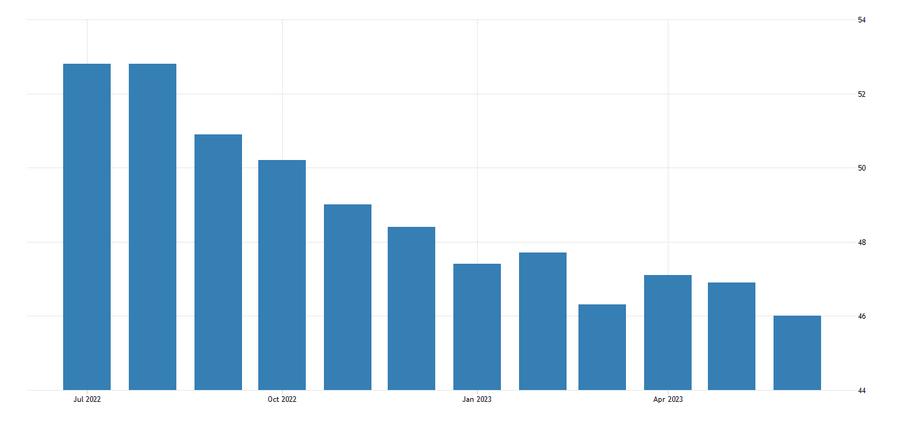
Meanwhile, the New Orders Index increased 3 percent to 45.6 percent in June from May’s 42.6 percent. The Services PMI also contracted to reach 50.3 percent in May from April’s 51.9 percent reading (this will be updated once the June report comes out on July 6th).
Despite the contractions, there’s still a silver lining: there’s still room for “future production” in the coming months, even amidst the current economic uncertainties and “employment reduction actions.” Moreover, the ISM figures have a delayed response to other economic conditions, so the improving housing situation is expected to inevitably cause a parallel improvement in the ISM’s figures.
Profits & EPS
Many apparel companies have done well with positive sales growth in the first half of 2023. Even as they take a cautious approach to the second half of the year, these companies still believe they’ll be able to enjoy good revenue gains despite the overall macro outlook. However, the concern is that rising ULCs and declining real revenue will leave a dent in profit margins; the resulting decline in profitability will eventually lead to companies being forced to lay off staff to keep their costs down.
Profit margins can return to declining growth as productivity and revenue diminish, but compensation increases. Coupled with tight lending standards, even with the Fed not raising rates in June, it can still lead to an impending recession and falling EPS – and this has happened before. This might not be an issue now that consumers are still spending and the housing market shows signs of improvement.
Employment
As of June 29th, weekly initial jobless claims dropped 26,000 to reach 239,000 in the week ending June 24th, making this the largest drop since October 2021. Meanwhile, continuing claims fell by 19,000 to 1.742 million in the week ending June 17th. With the unemployment rate at 3.7 percent and the job market remaining tight, the outlook is still pretty good, all things considered.
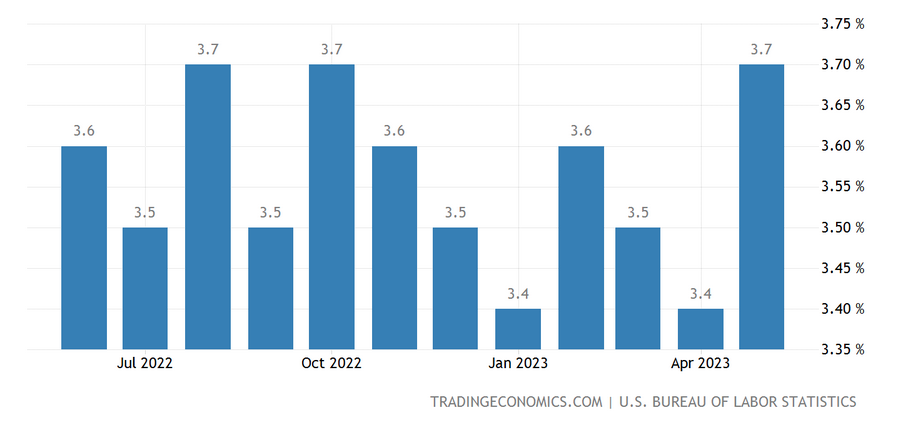
Granted, employment is the most lagging indicator in the framework. However, given the breath of optimism in housing, new orders, and profits, it’s hoped that the overall economic situation won’t drastically change in the next few months. The next Fed rate hike might just shake things up a little, but for now, the recession is still distant from our current reality.
The Recession Is Still Far Off
Based on the HOPE framework, we’re looking at a recession much farther than initially expected. It’s still hard to say that consumers are no longer pressured with how their spending patterns have changed since the beginning of the year, on top of the positive signs throughout various segments of the economy. Have we already bottomed, or is this just the calm before the storm?
Our advice from our prior articles continues to remain relevant. It’s still not a good time to acquire any new equipment, especially with interest rates still being as high as they are. These tight lending standards aren’t going away anytime soon, and if the Fed still plans on another rate hike for July (and more in the future), lending standards will get even tighter.
It’s also crucial that you keep your cash flow going strong. Avoid frivolous spending on ambitious projects and maximize your profitability by finding new customers, adding more promotions, and saving up for the future. There will still be much confusion ahead, so maintaining a strong cash flow is always a good idea.
